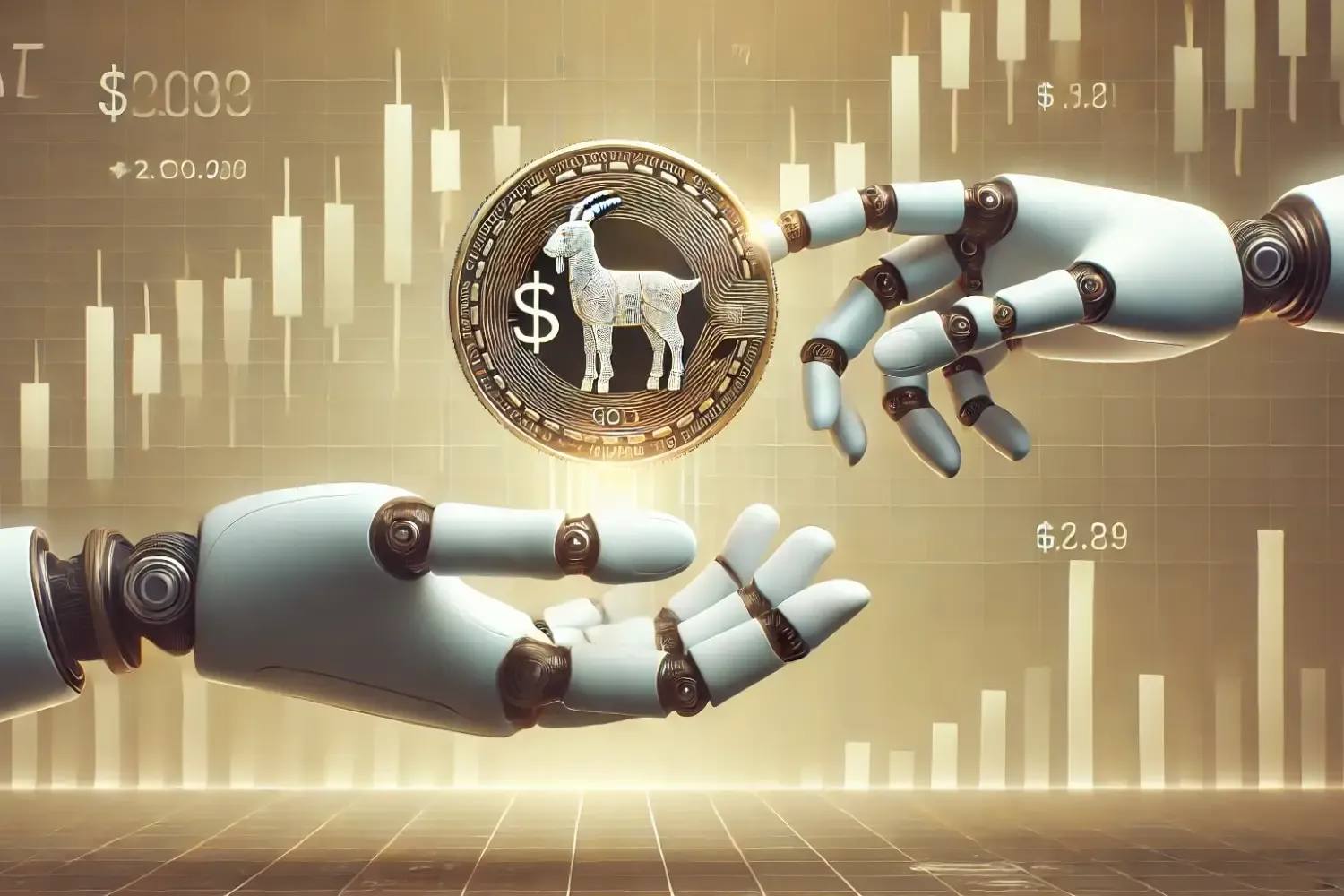How AI Generates Memes That Crash Coins
Artificial intelligence has become an accelerant in the memetic economy of crypto markets. Models that generate images, short-form video, captions, and viral text can produce highly shareable content at scale. When combined with social amplification networks, automated trading strategies, and the psychology of herd behavior, AI-produced memes are capable of moving sentiment, driving rapid inflows, and ultimately triggering sharp price reversals. For investors and policy makers this phenomenon raises urgent questions about market integrity, information authenticity, and the appropriate mix of technological and regulatory responses.
Below we unpack how AI-powered memetics operates, why it can destabilize small cap tokens so quickly, and what practical controls market participants and regulators should prioritize to reduce systemic risk.
How AI-Powered Memes Amplify Market Sentiment
AI lowers the cost and time needed to create tailored viral content. Generative image and video models can produce thousands of variations of a meme within minutes. Natural language models create catchy captions, replies, and coordinated posts that exploit platform algorithms favoring engagement. When these assets are deployed across influencer accounts, anonymous amplification channels, and automated bots, they generate a concentrated burst of visibility that drives retail attention to a given token.
The mechanics connecting attention to price are straightforward for low liquidity assets. A spike in search queries and social engagement attracts retail buyers and automated market makers that rely on order flow signals. Liquidity pools on decentralized exchanges see rapid deposit and trade activity, often funded by stablecoins. Prices can spike quickly, drawing momentum traders and arbitrageurs who amplify the move. The same low liquidity that enables rapid appreciation also exposes the market to sudden withdrawal of liquidity or coordinated sell pressure, which produces precipitous crashes.
AI also enables micro targeting. Models can craft messages that speak to specific regional audiences, language groups, or niche communities with tailored cultural references, increasing the likelihood of rapid adoption in those networks. Targeted amplification combined with time-of-day posting and the use of botnets can make the campaign appear organic until the inflows have already altered market structure.
Why Some Coins Are Vulnerable and How Crashes Unfold
Vulnerability correlates with structural characteristics. Tokens with small free float, fragmented liquidity across venues, minimal institutional custody, and limited governance mechanisms are most at risk. These tokens typically lack robust market making and are sensitive to a relatively small volume of incremental orders.
Crash dynamics commonly follow a similar pattern. An AI-created meme campaign initiates heightened attention and a buying surge. Price rises attract quick profit taking from early holders and arbitrageurs. At a critical point, liquidity providers withdraw or are sandwiched by large taker orders. If an orchestrator seeks to realize gains, coordinated sell orders are executed across exchanges or via liquidity pools, triggering cascading slippage and margin liquidations on leveraged positions. Panic selling compounds the decline and the viral narrative flips to fear, accelerating outflows.
Crashes are often exacerbated by information asymmetry. Users who discover a meme stream may not have access to on-chain analytics or custody data that show token concentration, economic rights, or related-party addresses. Without that transparency, retail participants are exposed to asymmetric risk created by highly efficient AI-driven promotion and comparatively slow detection systems.
Mitigations for Market Participants and Regulators
There is no single technical fix. Mitigation requires a layered response spanning platform design, market infrastructure safeguards, and regulatory measures.
Exchanges and liquidity venues should implement proactive surveillance that combines on-chain analytics with social signal monitoring. Real-time indicators that flag abnormal correlation between social volumes and token inflows can trigger graduated controls such as temporary circuit breakers, tighter spread requirements for market makers, or enhanced disclosure prompts for token projects. Decentralized venues can adopt optional guardrails such as configurable slippage limits and opt-in vetting for projects seeking prominent listing.
Market makers and institutional traders must integrate sentiment velocity metrics into their risk models. Stablecoin liquidity allocation, dynamic inventory rebalancing, and automated withdrawal thresholds reduce exposure to sudden retail-driven spikes. Custodians and prime brokers should require enhanced counterparty due diligence for tokens that show abnormal social amplification.
Platform operators and content hosts play a central role. Social media companies can refine automated detection of coordinated campaigns by combining provenance checks, rate limiting for newly created accounts, and metadata-based classifiers for AI-generated media. Labeling synthetic content and offering verification tools for issuer-controlled channels will strengthen provenance signals for investors.
From a regulatory perspective, targeted rules can raise the cost of malicious coordination without stifling legitimate communication. Requirements that token issuers disclose concentrated ownership, vesting schedules, and material promotional arrangements will improve market transparency. Anti-market manipulation statutes can be updated to explicitly cover coordinated AI-driven campaigns that use synthetic media and bot amplification to move markets. Cross-border cooperation will be essential because promotional networks and liquidity venues operate across multiple jurisdictions.
Finally, investor education remains a foundational mitigation. Clear, accessible guidance on indicators of pump and dump schemes, the significance of liquidity and token distribution, and how to interpret on-chain analytics will reduce the pool of easily influenced retail capital.
Conclusion
AI-generated memes are a force multiplier in modern digital markets. Their capacity to create rapid, targeted, and highly engaging promotional content can materially influence token prices, particularly where liquidity is thin and governance is weak. The problem is both technological and behavioral: faster content production meets traditional herd dynamics and fragile market microstructure. Addressing the risk requires coordinated action by exchanges, custodians, social platforms, market participants, and regulators. Practical steps include real-time detection systems that link social signals to on-chain flows, market design choices that slow extreme price moves, disclosure requirements that illuminate token economics, and public education to strengthen investor resilience. When these measures are combined, the market can preserve the positive innovation that AI and social platforms bring while reducing the likelihood that memes become instruments for rapid and destructive market manipulation.




